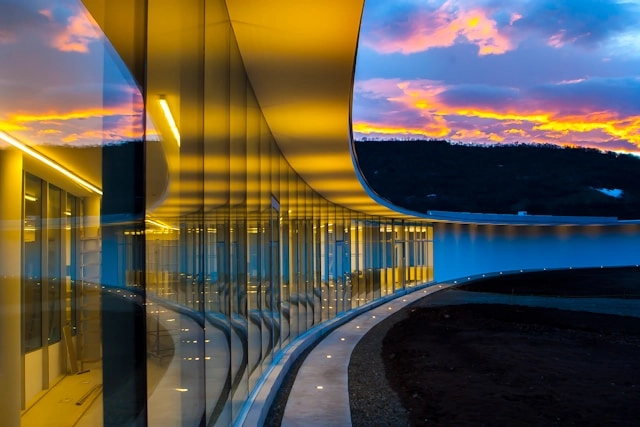New Construction Materials and Technologies
The construction industry is constantly evolving with technological advancements. As of 2025, new materials and innovative technologies are emerging to build more sustainable, durable, and efficient structures. So, what are the key trends shaping the future of construction this year?
Sustainable and Smart Materials
There is a growing interest in environmentally friendly materials in construction. These materials help reduce carbon footprints, improve energy efficiency, and extend the lifespan of structures.
Notable New Materials:
- Self-Healing Concrete: Contains microcapsules that repair cracks automatically, extending the structure's durability.
- Biomaterials: Wood-based nanotechnology materials and mushroom-derived insulation products provide strong building elements without harming the environment.
- Transparent Solar Panels: Integrated into windows, they offer both aesthetic appeal and energy generation.
- Carbon-Absorbing Bricks: These bricks harden by absorbing atmospheric carbon, making them both eco-friendly and stronger than traditional bricks.
Digital Transformation in Construction Technologies
Digitization is rapidly transforming construction, making processes more efficient and cost-effective. From AI-driven systems to robotic construction solutions, technology is reshaping the industry.
Key Technological Innovations in 2025:
- Artificial Intelligence and Machine Learning: Used for risk analysis, project management, and error detection, ensuring safer and faster construction.
- 3D Printing for Construction: Enables rapid and cost-effective building production, particularly beneficial for affordable housing projects.
- Digital Twin Technology: Creates virtual replicas of structures for real-time analysis and risk prevention.
- Robotic Construction Systems: Autonomous robots assist in bricklaying, welding, and concrete pouring, enhancing speed and precision.
Green Buildings and Energy Efficiency
Energy-efficient buildings are a major focus in 2025. Smart city concepts are influencing construction approaches to create more sustainable structures.
Solutions for Future Green Buildings:
- Passive House Technology: Designs that minimize energy consumption while maximizing comfort.
- Living Walls and Green Roofs: Buildings covered with plants provide natural insulation and regulate temperature.
- Recyclable Materials: Reusable concrete and metals help reduce waste.
- Smart Lighting and Heating Systems: Sensor-based energy management optimizes electricity and heating consumption.
Modular and Prefabricated Structures
Rapid urbanization demands faster construction solutions. Modular and prefabricated buildings offer cost-effective, labor-efficient, and eco-friendly alternatives.
Advantages of Modular Construction:
- Fast Assembly: Up to 50% faster than traditional methods.
- Reduced Waste Production: Factory-based production minimizes material waste.
- Portability: Buildings can be relocated or adapted as needed.
- Flexible Design Options: Structures can be easily reconfigured for various purposes.
The Future of Construction in 2025
The construction industry is evolving around sustainability, digitalization, and energy efficiency. Adapting to new materials and technologies will be crucial for building smarter, more resilient, and eco-friendly structures.






